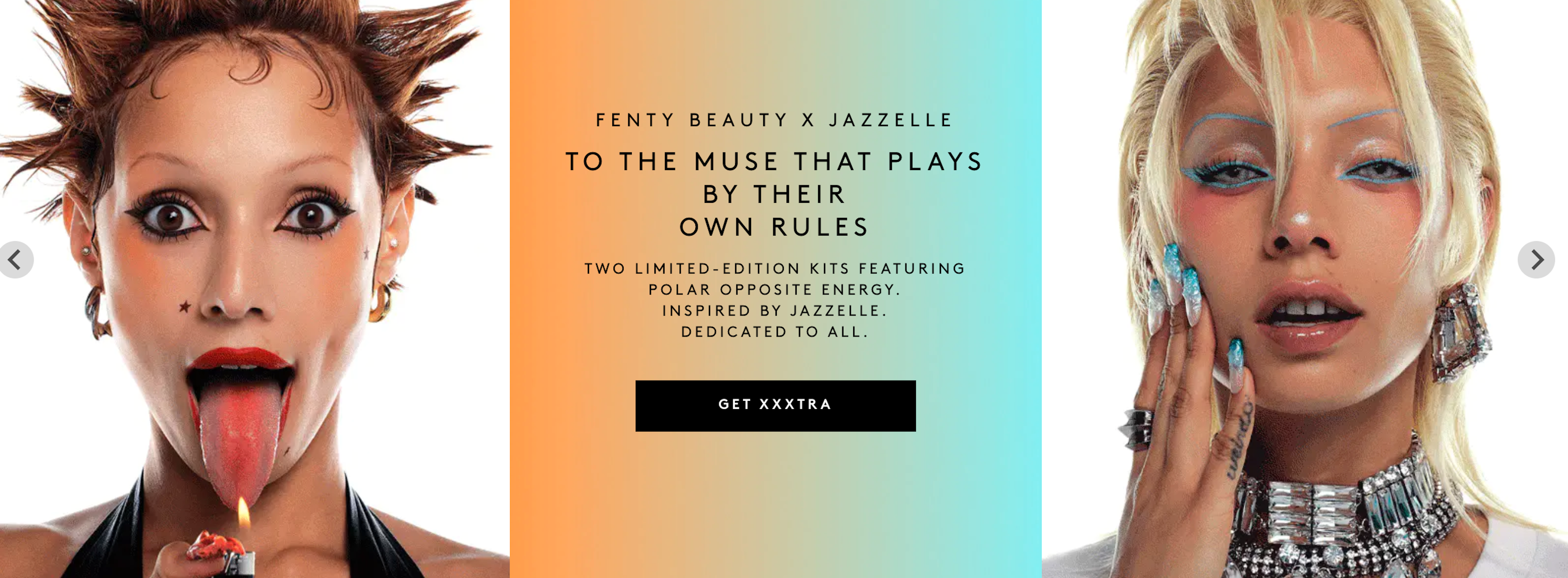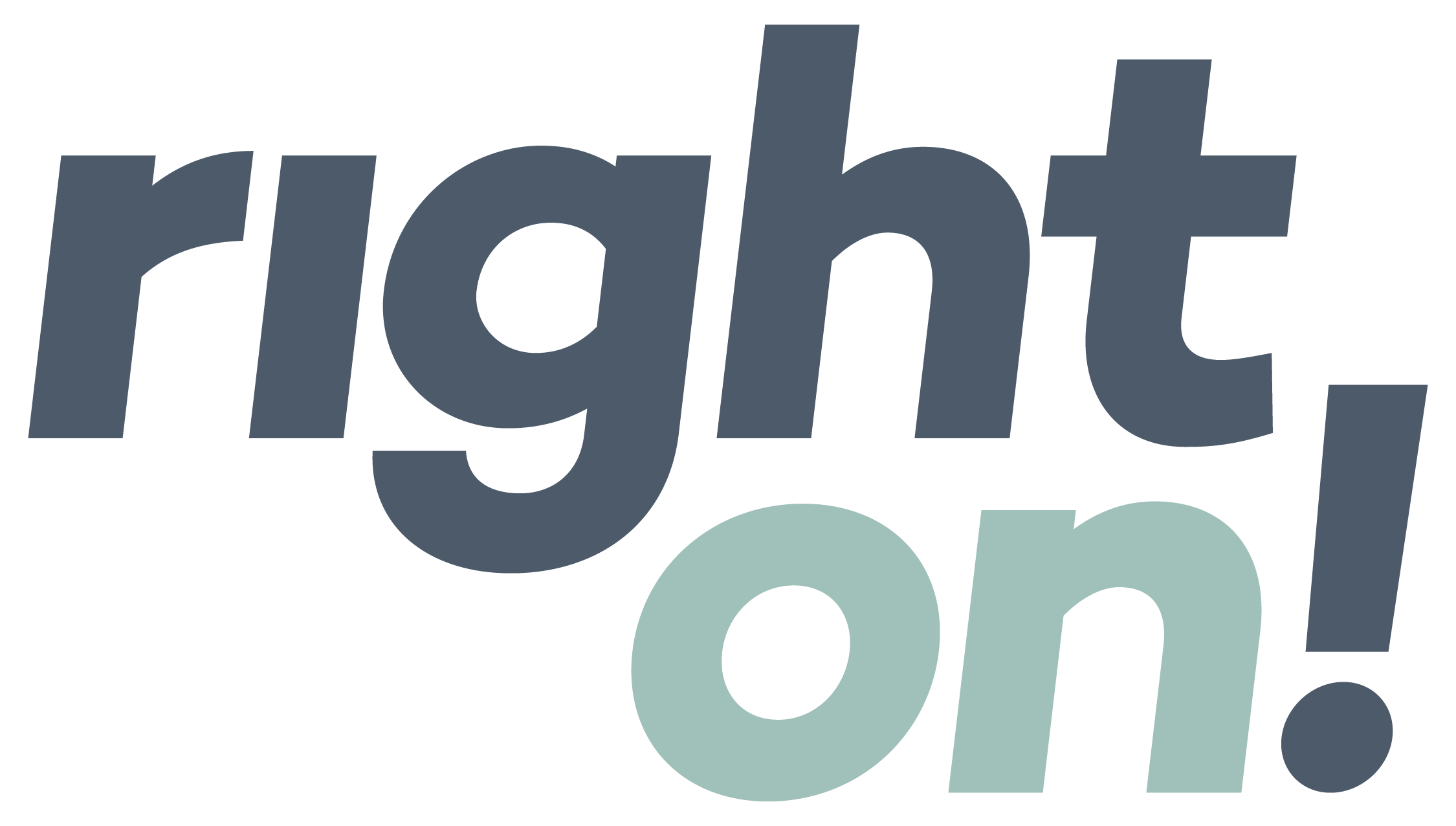
Bring inclusivity into your brand’s vernacular.
Each of you is perfect the way you are…and you can use a little improvement.
Shunryu Suzuki, Zen monk and teacher
Fenty Beauty offers 50 shades of foundation. Levis has a gender-neutral clothing line. Apple builds accessibility into all its products. It’s inspiring, life-affirming stuff. Sometimes, it’s even life changing. But no matter where your brand is on its journey to become more inclusive, there’s something you can do right now.
You can speak and write differently.
By learning the basic principles and subtle nuances of inclusive language, you can start an inclusion revolution at your company—one that ripples outward from your personal communication choices to your departmental policies to your brand as a whole.
First things first: Whatever you’re doing right now is great. Truly. Maybe you’re working to use your colleagues’ correct pronouns. Or you’re ensuring diversity in your marketing imagery. Or you’re rooting out sexist language as you update sales collateral. But as Zen Master Shunryu Suzuki says, you can also “use a little improvement.” We all can.
Commit to continual learning.
Since language is always evolving, the work of inclusive communication is never done—and no one gets it right every time. The key is to commit to continual learning. To cultivate respect for others. And to embrace a full range of human perspectives and experiences—including those of people whose experiences are dramatically different from your own.
At times, this can feel super-awkward—or even grammatically incorrect. It took me an inordinately long amount of time to get used to “they” as a generic, third-person singular pronoun.

The singular “they” in action.
But at this point, our whole writing team has embraced the shift—which has also been adopted by AP Style and most other stylebooks. It’s more inclusive, it keeps us from making assumptions about gender, and it’s simply how our language works these days.
While there are some basic guidelines we can follow for inclusive language—and while every brand should have an inclusive language style guide—the practice isn’t about following hard-and-fast rules. It’s about unlearning deeply rooted patterns and discovering new ways to use language more intentionally, so we don’t cause unintentional harm.
In other words, it’s not easy. And it’s a lifelong journey. Here are some strategies to help you get started.
Use gender-neutral language.
For people who don’t fall neatly into male or female categories, constant references to binary groupings can be alienating. The singular “they” referenced above is just one example. You can also:
- Replace traditional gendered terms for occupations, such as “policeman” and “policewoman” or “actor” and “actress.”
- Use gender-neutral terms for relationships, such as “spouse” or “partner” instead of “husband” and “wife.”
As a general principle, put people first, not their characteristics.
A simple shift to “people-first language” recognizes people as unique individuals, rather than categorizing them. For instance:
- Instead of “a mentally ill woman,” say “a woman with a mental health condition.”
- Instead of “a learning disabled child,” say “a child with a learning disability.”
Understand when identity-first language is more appropriate.
As you develop your cultural competency, you’ll learn that some disability groups, including the blind, Deaf, and autistic communities, actually prefer to put the descriptor first—asserting that their disabilities are nothing to be ashamed of and are, in fact, core to who they are. For instance:
- In the Deaf community, “deaf person” is generally preferred over “person with deafness.”
- In the autistic community, some people prefer “autistic” over “person with autism.”
Learn to detect subtle forms of non-inclusive language.
This is where a commitment to continual learning really comes into play. Inclusive writing is about so much more than avoiding offensive phrases—it’s about choosing your words quite intentionally. To get more adept at this, watch out for language that:
- Labels people unnecessarily
- Contains jargon or is overly complex
- Uses violent phrases or words (“win the ___ wars”)
- Has a harmful history (master/slave; grandfathered in; divide and conquer)
The tricky part is to do all this while keeping your writing friendly and conversational. You don’t want to sound stiff or academic as you build inclusion into your brand vernacular. Try reading passages aloud. Share your work with folks from the identity groups you’re writing about. And just keep practicing.
Last but not least: keep advocating for diversity on your team.
Or you could end up with something like this.

Our Most Recent Insights.
SEE ALL INSIGHTS →
Uncategorized
A more hopeful Earth Day
When it comes to climate messaging, we’ve learned that stories of hope and optimism inspire action.

Reporting
CEO letters that sing (sometimes literally).
Break free from the standard CEO letter format—and create a standout opener for your next sustainability report.

Storytelling
Human stories, not corporate soliloquies.
You’ve got strong DEI commitments and you’re taking action on them. Now, you need compelling, human-centric content that changes hearts and minds.
